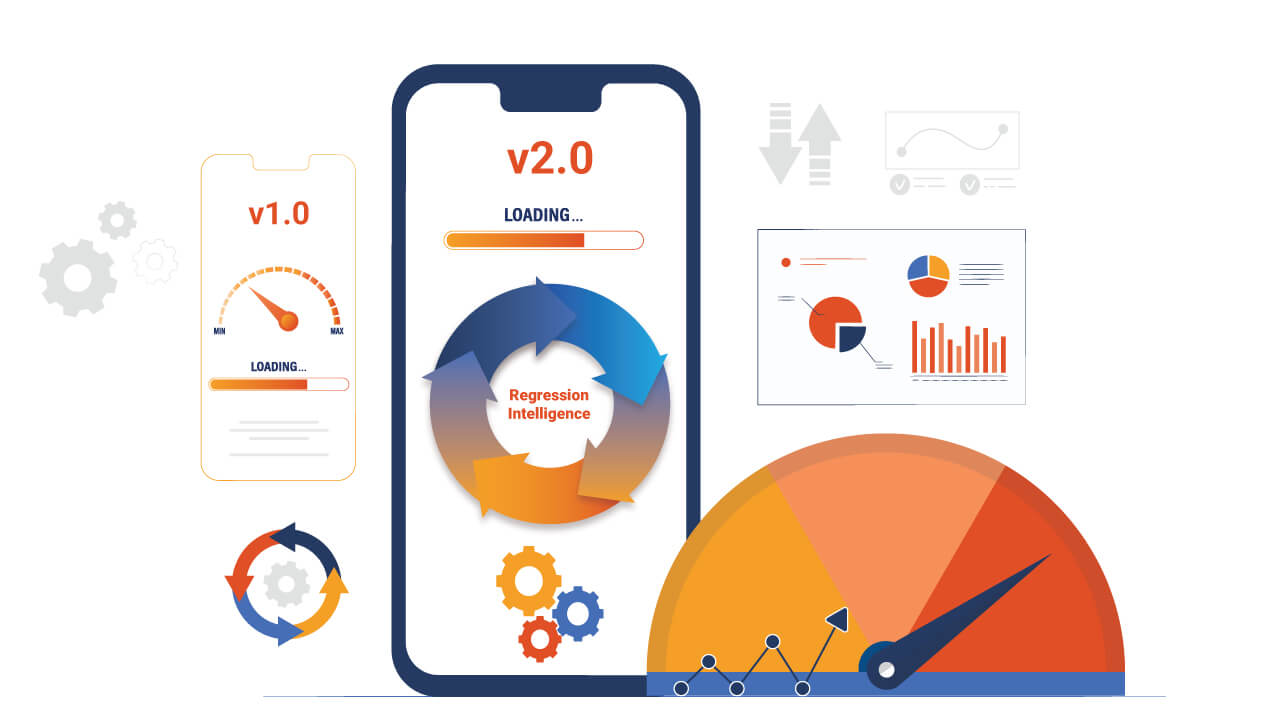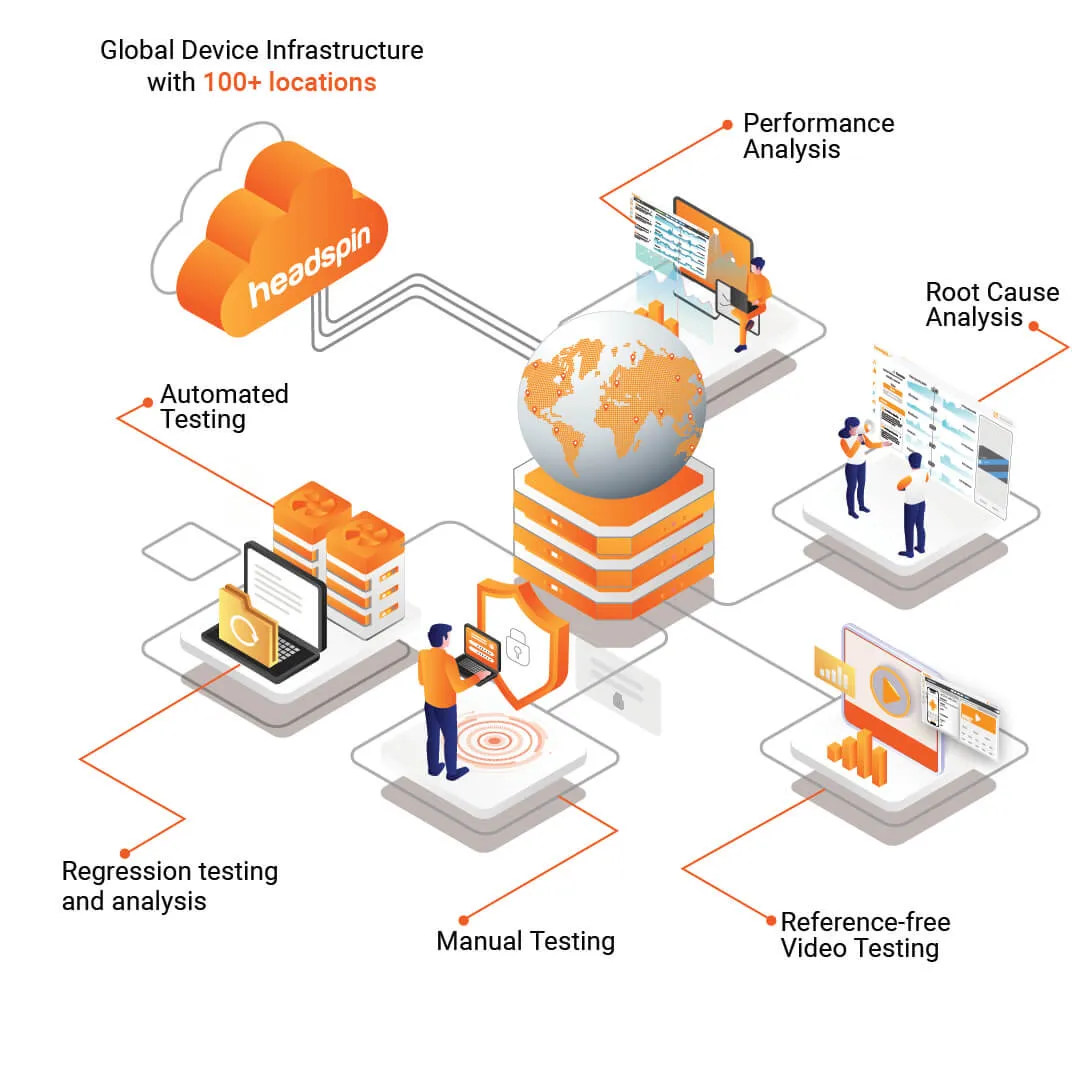Data-driven testing is an effective way to improve test coverage and automation efficiency. The concept is brilliant - Instead of writing a new test for each piece of data, use one test and change the data.
However, while the approach is brilliant, there is some thought to be had about certain pitfalls in data-driven testing. Why? Because the outcomes of your test heavily depend on the data you’ve collected.
So, here’s the angle we want to take for this blog - consider the pitfalls and understand how to avoid them.
Common Pitfalls and How To Avoid Them
1. Poor Data Quality
Poor data quality results from inaccurate, incomplete, or inconsistent data. Often, it results from human error or a lack of data handling policies. Poor data can cause financial losses and damaged reputation, among other problems.
How to Avoid It:
- Governance: Governance involves establishing clear data policies for collection, storage, and usage. You can do this by setting regulations on who can access specific data and ensuring compliance with standards set by government agencies and other stakeholders.
- Continuous Monitoring: Implement continuous monitoring systems to detect quality issues early. Automated data quality monitoring tools continuously assess data for accuracy, completeness, and consistency. Automation reduces human error and allows for real-time insights. Regularly track quality metrics and generate progress reports to locate and fix issues promptly.
- Lineage of Data: Trace the origin of data to confirm its validity. Implement data lineage tracking (locating data sources/mapping data flow) to document data's origins and changes. This provides visibility into the data lifecycle. Deploy a centralized data catalog that includes all relevant metadata, serving as the foundation for your data lineage system.
2. Outdated or Stale Data
Test data that isn’t regularly refreshed becomes outdated, leading to tests that don’t accurately reflect current system conditions. Stale data can negate test results and obstruct teams from locating critical defects.
How to Avoid It:
- Data Refresh: Regular data refresh (updating the data source) is crucial for keeping your tests relevant and accurate. Schedule periodic data refreshes aligned with your system's update cycles to ensure test data reflects current conditions. Automate data refresh processes to minimize manual intervention and reduce the risk of errors.
- Perform Data Validation Checks: Validation helps confirm accuracy. Double-check to ensure clean data by comparing the before and after, checking for mistakes, and testing assumptions.
3. Difficulties In Designing Test Cases
Ensuring clean test case designs helps maintain test cases and keep test results accurate. Design problems occur due to large datasets that are difficult to handle. More data introduces multiple data combinations, increasing potential test cases.
How to Avoid It:
- Test Case Prioritization: This involves prioritizing test cases in a test suit based on factors like code coverage, features, and functionality. This approach helps execute significant test cases that, if failed, would have the most impact first. This allows testers to get quicker feedback and identify faults early.
- Use Data-Driven Frameworks: Specialized testing frameworks like Selenium separate test data from test scripts, allowing for easy maintenance and scalability. Frameworks like Selenium allow test scripts to run with multiple data sets, enhancing coverage without duplicating effort. Maintain test data in external files or databases, enabling easy updates without modifying test scripts.
4. Scalability Issues
Scalability challenges arise when a test suite designed for small datasets struggles to handle large volumes of test data. This can lead to long execution times, resource constraints, and difficulty maintaining test data, ultimately impacting the testing process.
How to Avoid It:
- Leverage Parallel Execution: Utilize parallel test execution frameworks to distribute test cases across multiple processors or machines, improving efficiency and reducing test execution time. Configure your testing environment to support distributed testing, ensuring it can handle simultaneous test executions.
- Data Optimization: Use well-organized databases with indexing to store and access data efficiently. Regularly perform database maintenance tasks like data cleaning, data versioning, and updating statistics to optimize performance.
These pitfalls, while important to consider, shouldn’t dissuade us from the fact that data-driven testing has many benefits.
Benefits of Data-Driven Testing
- Reusability: By separating test data from test scripts, the same test can be executed with multiple data sets, reducing redundancy and simplifying test maintenance.
- Maintainability: Updating test data without modifying the test scripts makes it easier to manage test cases, reducing errors and ensuring long-term efficiency.
- Scalability: Data-driven testing allows multiple test scenarios to be executed with a single test case, making it easier to scale tests without additional scripting efforts.
- Enhanced Test Coverage: By automating tests with diverse data inputs, teams can cover a broader range of scenarios, including edge cases, ensuring more thorough testing before deployment.
- Efficient Bug Detection: Running the same test across various data sets helps uncover defects that may only appear with specific inputs, improving software reliability.
Conclusion
Data-driven testing can revolutionize your test automation strategy when done right. Recognize and address common pitfalls by focusing on data quality, maintaining clear boundaries between test logic and data, and keeping environments consistent. With these practices, you can achieve more reliable and scalable testing processes that add value to your quality assurance efforts.
Connect now to learn how HeadSpin can help meet your specific needs.
FAQs
Q1. How does data-driven testing differ from other testing approaches?
Ans: Data-driven testing emphasizes using external data sources to control test inputs and expected outputs. This differs from methods that embed data within the test scripts or rely solely on user interaction.
Q2. What role does test data play in regression testing?
Ans: In regression testing, test data helps verify that recent changes do not adversely affect existing functionality. High-quality data ensures that tests accurately reflect both old and new system behaviors.
Q3. How can teams measure the effectiveness of their data-driven testing approach?
Ans: Effectiveness can be gauged by tracking metrics such as defect detection rate, test coverage improvements, maintenance overhead, and feedback speed in the CI/CD pipeline.



























.png)




















-1280X720-Final-2.jpg)






